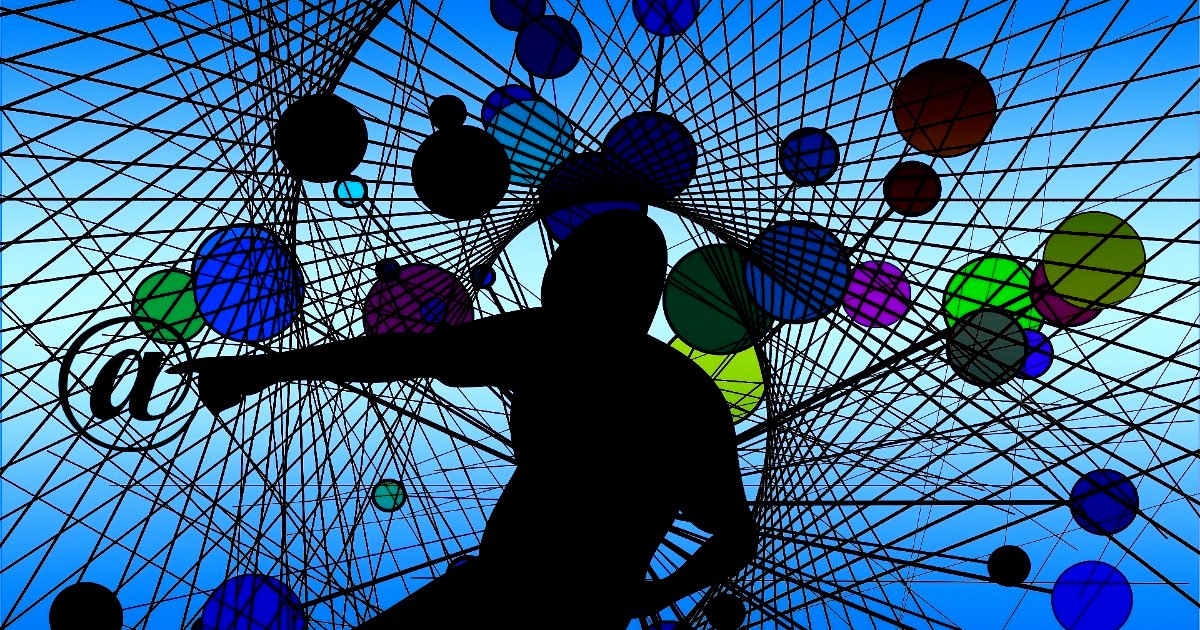A carefully crafted email that yields positive results is like a fine work of art.
The best of these masterpieces are replied to with exclamation-laden Thank You’s and signed contract attachments.
B2B deals are often closed using email for its obvious efficiency. And although calls or in-person meetings allow for eye contact and nuance, selling via email has its own set of rules and strategy.
The most common mistake is trying to say it all at once.
Instead of bombarding prospects with your company’s complete arsenal, opt for the release of information in bite-sized segments.
For example, when meeting someone for the first time – do you unload your whole life story on them?
If so, you’re doing it wrong.
By and large, very few people like being jaw-jacked by friends or colleagues yet alone total strangers.
If you need reassurance, the next time you witness this type of verbal assault, pay attention to the look on the assaulted’s face.
That’s not the face of a Buyer.
The 4 Event Email Exchanges of a B2B Sale
Realistically, you may only get a few chances to speak to your prospect during a Sale.
Let’s face it, some prospects simply prefer to communicate via email and if you want the business, adapt and advance.
And though, you might exchange dozens of emails throughout the process, there are only 4 major Event Emails that make up your masterpiece.
First Exchange
This email is the Gesso, the base coat from which all information is layered should be applied just right.
The first email provides your prospect with a high-level overview of your services sprinkled with research and details from your cold-call or referral.
If you have an executive summary or intro packet – include it.
Don’t send out a novel.
Because your prospect has no idea who you are, go with introductory product detail, your company’s role in the marketplace, testimonials, methods of operation, and/ or intent (what’s in it for them), until they get to know you.
Your intro (3-5 short paragraphs) and one attachment, video or link to your site/ cloud space will circulate among execs.
For this reason, create materials knowing they’ll be viewed by department heads across multiple units.
If you have Yesware, Hubspot or similar services, you can track email openings in real-time.
The goal of the first message is to get a commitment.
Chances are, they’re getting love from your competitors.
Give them a reason to shift gaze and focus on your solutions so you can move the sale forward unencumbered.
Second Exchange
The prospect has reviewed your materials and requested you add color to the proposal.
It’s prudent to leave out some details in your first email thereby creating a natural curiosity from the buyer.
Once reviewed, the client will have questions on how the sausage is made and what next steps look like if they choose to move forward. Showtime!
Drill down and further explain your customized solution through granular email, RFP, video, etc…
Show your prospect you actually care and that you can deliver solutions that’ll have a positive impact in the short and long-term.
Be wary of the prospect who’s shopping.
You can tell by the questions whether you’re being shopped or not.
If you’re getting micro-engagement and one-liners that are easily copied, pasted and sent to any vendor willy nilly, watch your back.
On the other hand, questions that are engaging and robust mean you’re on the right track.
Assuming you’ve approached the deal correctly, built value and properly addressed questions and issues, they’ll ask for Terms and Conditions.
Customize the Agreement/ Contract, send it off and plan for the next exchange to discuss contract amendments, fees or concessions.
As you progress, you accumulate Yesses, create stickiness and solidify your credibility as a consultant.
Deal communication organically shifts from selling to advisement.
This becomes clear by the amount of executives and resources involved.
For the most part, a prospect won’t corral multiple business heads and assign resources if they’re not serious about dancing with you.
Third Exchange
At this golden phase, there’s no reason the deal shouldn’t close.
Most likely, this is many months into the sales cycle.
The only thing left between you and the promised land are housekeeping items (contract language, identifying point of contacts, timelines, signatories, etc).
Keep your messaging clean and stop selling because it’s not too late for them to back out if they believe it was all an act.
Fourth Exchange
#Winning! The client has signed and you’ve got a new logo.
As you on-board and integrate systems and support teams, switch your Sales hat to a customer service one.
Be ready to facilitate the process in any way possible and convey to them that Clients are Your Priority.

Ten Tips for Your B2B Email Communication
- Keep communication outside of event emails short. Sometimes all you need are one or two lines to get your point across
- Use templates and personalize content. If you’re doing online presentations, include their company logo and colors. A subtle touch that shows you’re paying attention
- Make it about them, not you
- Learn the language. This will help your communicate and not come off like a square state debutante stepping off the bus her first time in Hollywood
- Check that all outbound links and attachments work
- Grammar. Proofread it twice
- Keep it professional. Save the witty banter and chit-chat for Happy Hour.
- Clearly define action items and tasks. Assign roles and dates as necessary
- Precision and truth in messaging. If you end an email with “I’ll be contacting you on (DATE)”, do it
- Don’t over-promise or lie. They’ve got you on record
If you’re a motor mouth, you’ll need to edit yourself.
Sometimes this is as simple as having a colleague or Sales Manager read through some of your client communication to verify that your emails are getting the message across succinctly.
When faced with selling through email, follow this 4 phase template for results.
Once the deal closes, remember to go back and study your Masterpiece, learn from it, then repeat.
What’s your email strategy for selling B2B?
